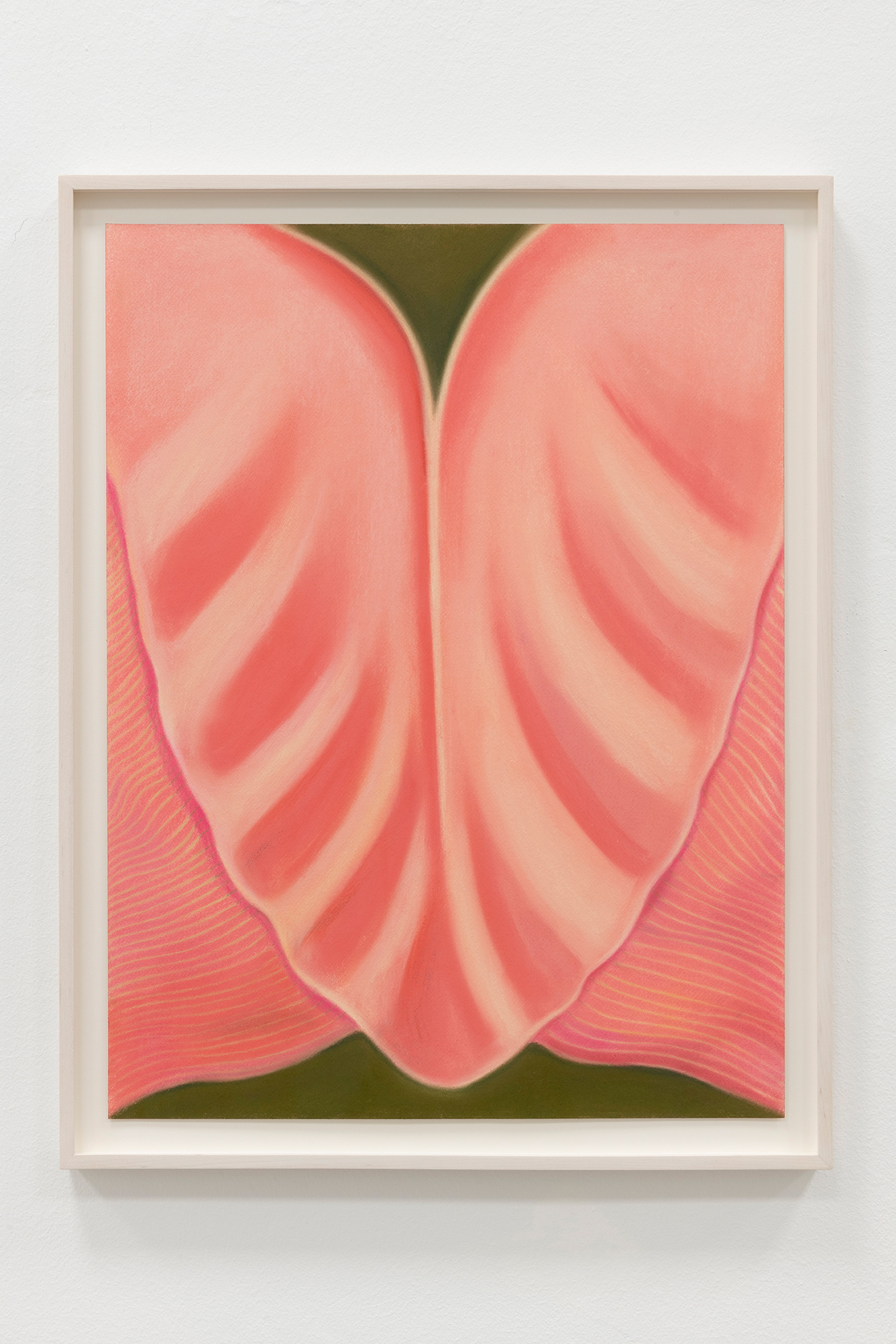30 June – 03 September 2022
Office, Barcelona






Exhibition text by Blanca del Rio
Part 1: Taste of metal
“She liked that taste of iron in her mouth.” It’s funny how we define the taste of blood that way, even though most of us have never tasted it. But when she got a wound and the blood dried up over time, she had the habit of pulling out the scab so that it would come out again. She also did it with the hangnails that she was regularly removing from around her nails. She was still very young when she became aware for the first time of her obsession with rummaging through wounds and licking the blood that gushed out again. That flavor on the palate comforted her, and the gesture of poking around and hurting herself made her feel alive, made her notice that she was there.
Sara Bonache’s images are the result of the entanglement between representations of a female anatomical imaginary and the physiognomy of plants. In them appear elements such as thorns or flames, leaves that open like dark mouths and red drops that run through some of their surfaces. Bonache makes beautiful what can go through us, burn, bite, hurt. Her intense images go deep inside, towards that interior and invisible space that our eyes cannot reach, but that we need to see and make vibrate.
The sensuality of her pieces catches us, they possess an overflowing femininity, although they also exude a certain perversity and a constant strangeness.
Part 2: Lachrymatory
She picked them up carefully so they wouldn’t slip out of her hands and disappear between her fingers. Other times, they ran down her cheeks so quickly that she didn’t have time to bring the container closer to her face; they fell and left a trail just above his chest. She had been doing this since she learned that it was common to find small vessels next to Greek and Roman tombs, in which the tears of pain were kept as a symbol of love for the deceased. And, although scientific studies have not shown that this was entirely true, she liked the idea and began to try to save all the tears of those moments when she felt invaded by sadness. There were many and most of them did not have a specific reason, it was enough that an image or a smell stalked her.
Sara Bonache works mainly with the pastel technique, which allows her to generate images with diffuse contours and grainy environments, similar to the way we perceive shapes after crying.
She is interested in the tacticity and plasticity to which this material invites us, the symbolic transparency that it offers to the gaze, although its fragility produces a certain frustration at the same time: running your fingers over the surface of the paper would completely change those shapes, alter them , would mix the colors that she so aptly combines. And it would not allow us to approach the enigma that the unpredictable images of her work —perhaps refractory to any interpretation— contain.